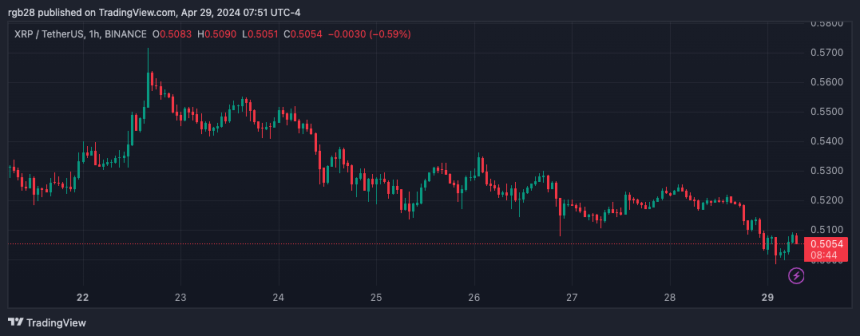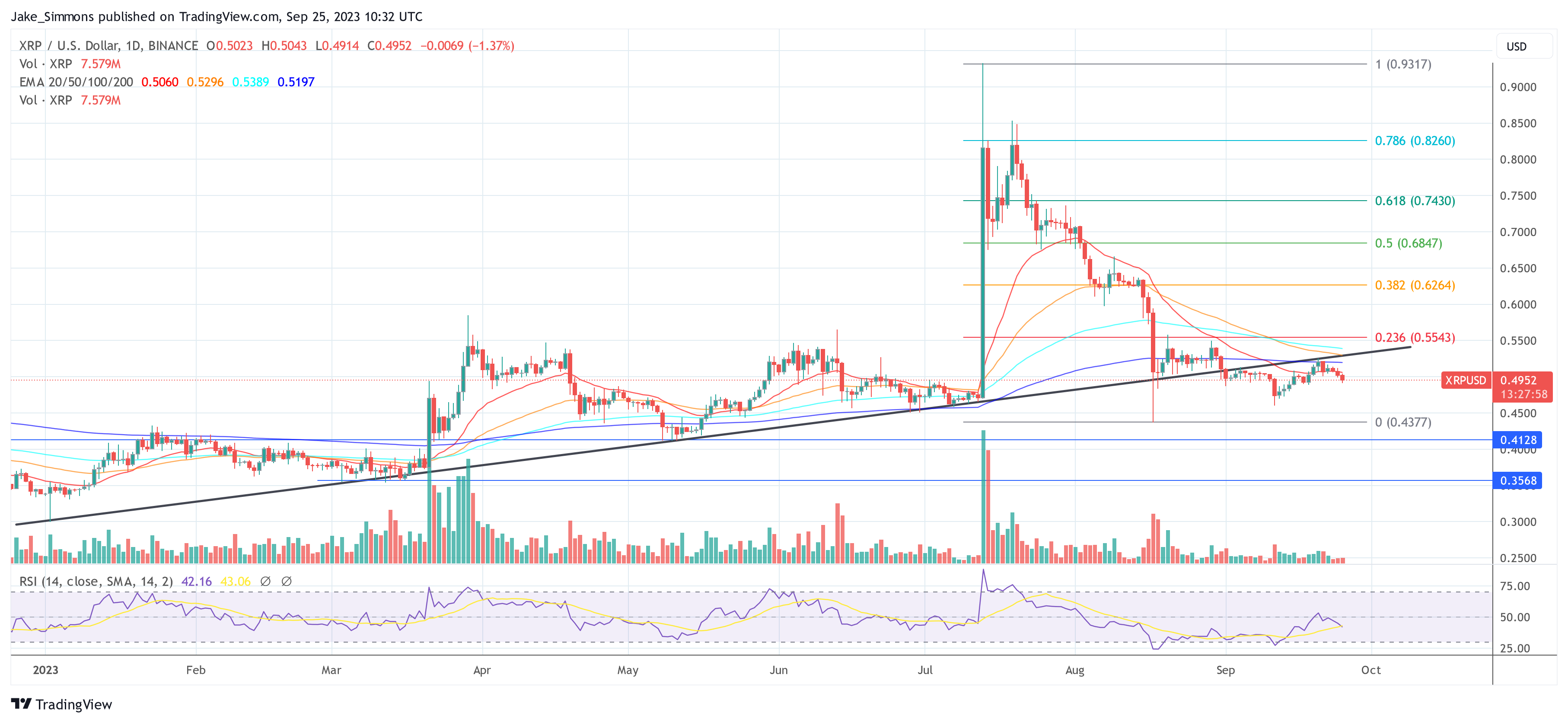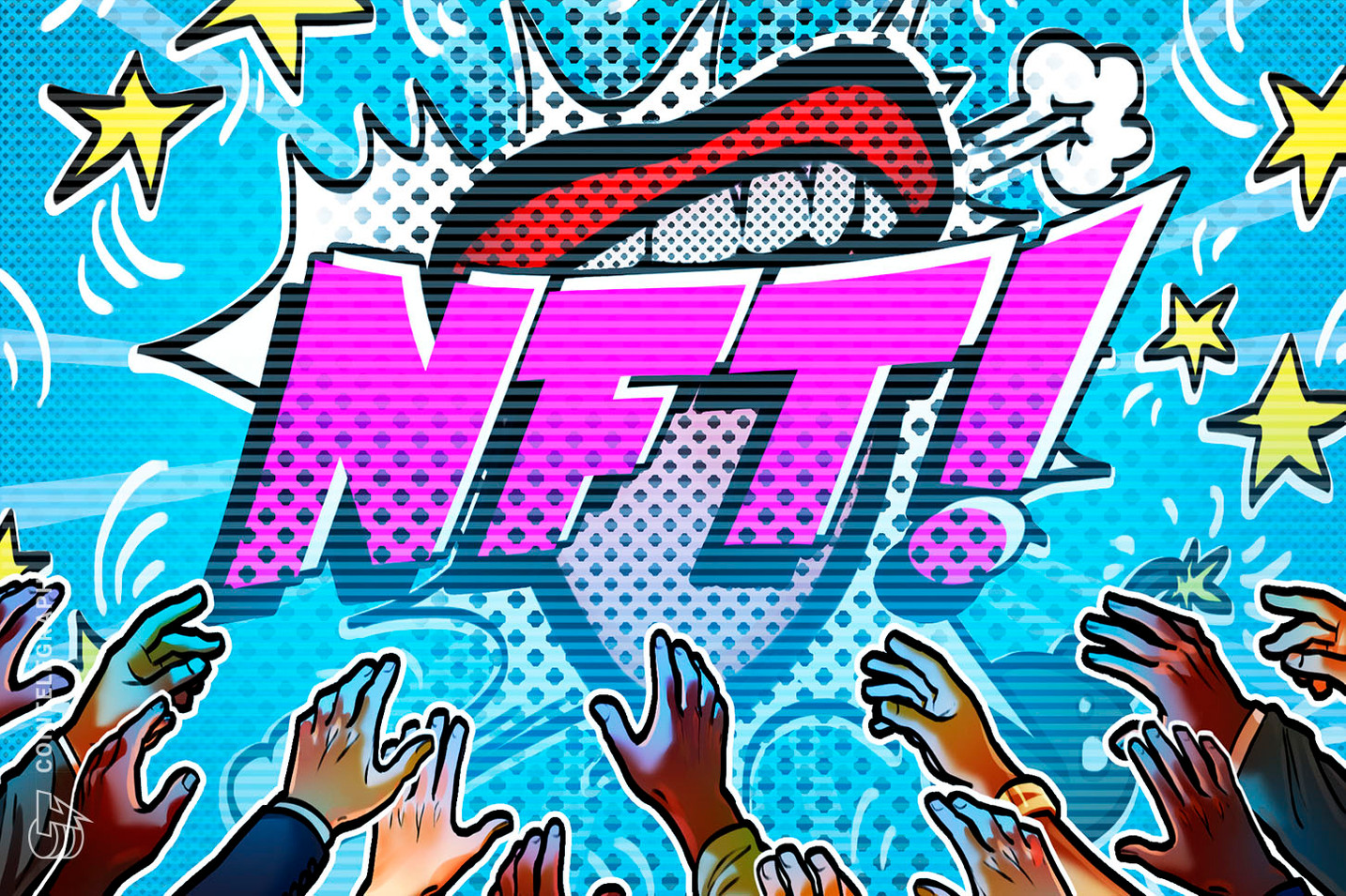Over the weekend, the conversation about the ETH Gate theories started again after the news of the Consensys lawsuit against the US Securities and Exchange Commission (SEC). The discussion intensified following the Ripple CTO David Schwartz and Cardano Founder Charles Hoskinson’s debate on X.
Is There A Double Standard For Ethereum?
On Thursday, crypto firm Consensys sued the US SEC, accusing the regulator of “unlawful seizure of authority” over Ethereum. Following the news, an online conversation sparked regarding the SEC’s alleged favoring of the second-largest cryptocurrency by market capitalization.
X users commented on crypto exchanges’ “double standard.” Many pointed out platforms like Binance, Coinbase, Crypto.com, and Bitstamp delisted XRP after the SEC’s crackdown on Ripple.
Hey @coinbase @cryptocom @BinanceUS @Bitstamp @BittrexExchange when delist Ethereum? Are you still trying to comply with regulatory concerns or no??? pic.twitter.com/QiWG9qEUbZ
— Digital Asset Investor (@digitalassetbuy) April 26, 2024
Moreover, members of the crypto community also asked for ETH’s delisting. One user stated that if the crypto asset “doesn’t get delisted, we know #ETHGate is real.”
The theories about the SEC attacking Ripple and XRP in favor of Ethereum are part of an ongoing saga that has raised concerns and speculation over the agency’s regulatory inconsistency.
Last year, lawyer and crypto expert Jeremy Hogan weighed in on the publication of Hinman’s emails and drafts from his 2018 speech. Hogan alleged that the former SEC’s Division of Corporation Finance director was likely paid by someone related to the Ethereum Foundation to give a speech giving ETH a “free pass.”
Ripple CTO Questions Hoskinson’s ETH Gate Stand
Charles Hoskinson stated that an apology from the XRP army and Ripple executives was needed before a project collaboration. Hoskinson alleged during a recent X Space meeting that XRP’s community has attacked him daily since 2022.
Following the session, members of the XRP army cursed him out and declared he was wrong. Hoskinson replied, seemingly trying to prove his point, alleging the hate “It’s never-ending and completely devoid of reason.”
Jack, a prominent figure in the XRP community, argued that platforming those who attacked Hoskinson would not help the situation. Cardano’s founder then corrected someone, claiming he “misspoke” and “mischaracterized” the community’s allegations.
Hoskinson clarified he didn’t misspeak, as people believe “members of the Ethereum community bribed the SEC to take out XRP.” According to him, this narrative has reignited several times with “no evidence of it.”
Ripple’s CTO joined the discussion, questioning Hoskinson over his claims of lack of evidence. Schwartz stated: “So, was Hinman not intimately involved? Did he not have a financial interest in Ethereum? Did he recuse himself? Or is that not evidence for some reason?”
So, was Hinman not intimately involved? Did he not have a financial interest in Ethereum? Did he recuse himself? Or is that not evidence for some reason?
— David "JoelKatz" Schwartz (@JoelKatz) April 28, 2024
To Hoskinson, Schwartz was “inciting a mob by spreading false information.” He also denied invalidating the ETH Gate arguments, claiming his “grand conspiracy statements have always been related to the belief that somebody from Ethereum bribed the SEC to go after XRP.”
The back-and-forth between the two crypto gurus ended with Ripple’s CTO further doubling down on his questions. He asked whether Hoskinson didn’t think any of his statements were evidence that Hinman’s interests influenced and affected the litigation against Ripple, which received no reply.









